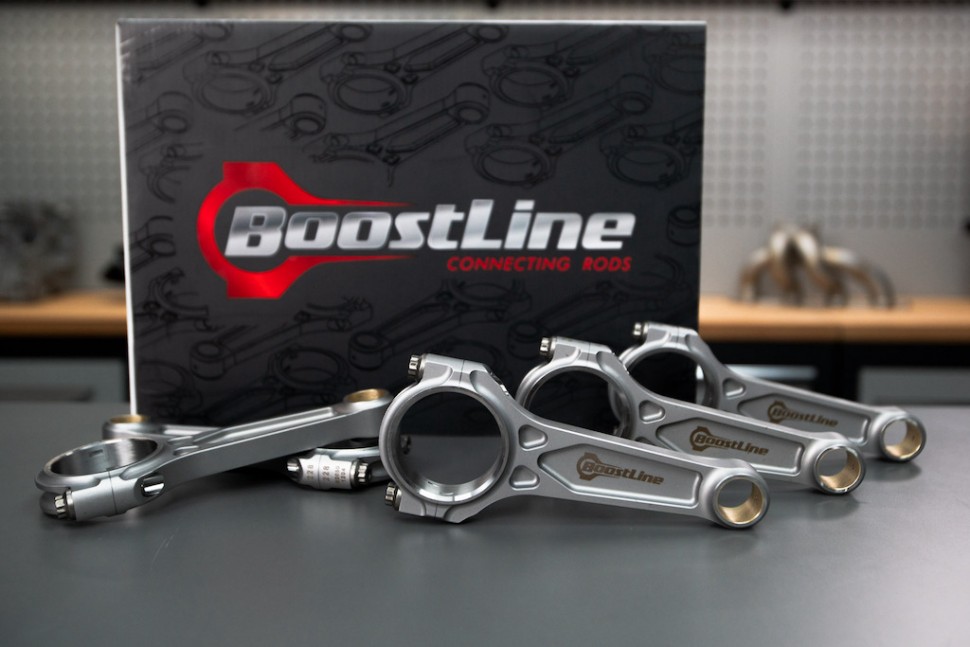Data Analysis Fundamentals: Throttle Position
Throttle Position
01.58
| 00:00 | - A lot of data can be generated with just the channels that we've discussed so far and these channels should be accessible with the cheaper standalone GPS based loggers. |
| 00:10 | We can however greatly expand our ability to analyse the driver as well as the balance of the chassis if we also incorporate a few additional sensors. |
| 00:19 | And we'll cover the key ones in this set of modules. |
| 00:22 | We'll start with throttle position which shows us how the driver is using the throttle to apply engine torque. |
| 00:29 | This channel can be particularly useful for analysing the way the driver transitions from accelerating to braking as well as how quickly and aggressively the driver is getting back to full throttle on the exit of a corner. |
| 00:41 | The throttle position data can also be helpful in analysing handling problems such as the typical on/off throttle that we'd see mid corner in a car that's exhibiting understeer. |
| 00:52 | Of course we can also see if the driver is staying flat on the throttle at a particular point on the track or if they're lifting out of the throttle unecessarily due to a lack of confidence. |
| 01:03 | Throttle position data will most often be retrieved directly from the engine control ECU via a datastream that your logger can read and interpret. |
| 01:12 | If you're running a factory ECU, then the throttle position is a channel that will be broadcast on the OBD2 diagnostic datastream and can be received by a wide range of loggers. |
| 01:24 | With an aftermarket ECU, this data will be transmitted via serial or CAN to the logger. |
| 01:30 | As a last resort, it's of course possible to fit an external sensor to the throttle pedal assembly and wire this directly to the logger. |
| 01:37 | But this should seldom be necessary unless you're dealing with a car that doesn't use EFI. |
| 01:42 | It should go without saying but it's always important to ensure that the throttle position data is correctly scaled and showing a full range between zero and 100% so that the data isn't misleading later on. |





